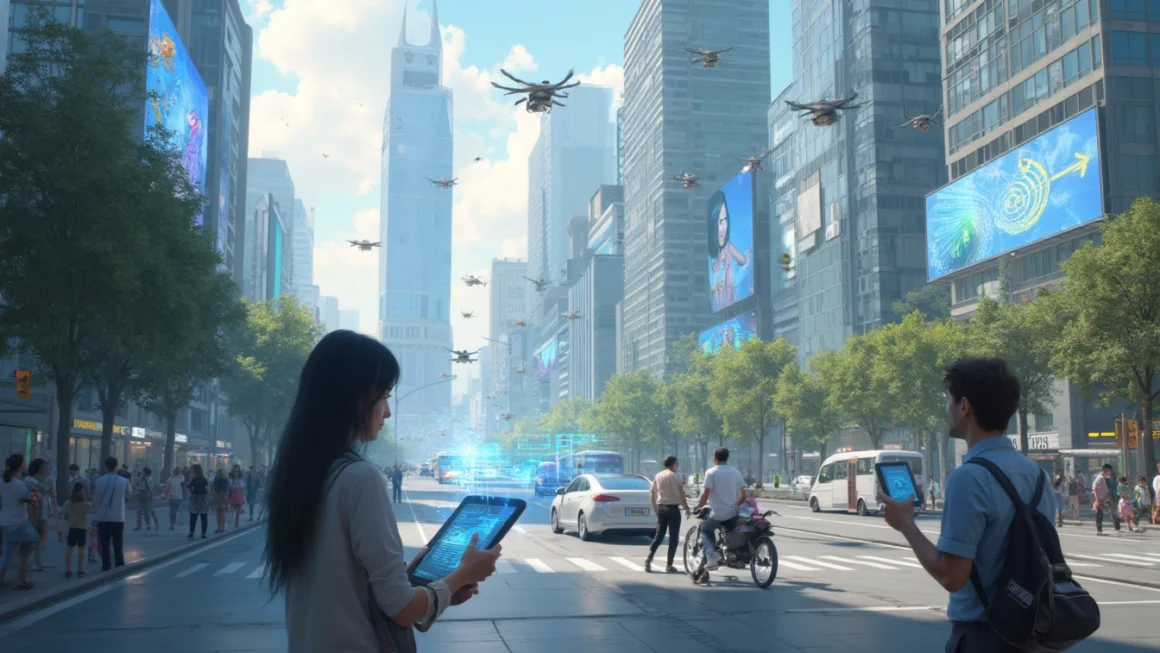In the rapidly evolving landscape of technology, generative AI has emerged as a game-changer across various industries. One area where its impact is particularly significant is cybersecurity. As organizations grapple with increasingly sophisticated cyber threats, the integration of generative AI into security strategies presents both opportunities and challenges.
The Rise of Generative AI in Cybersecurity
Table of Contents
Generative AI, with its ability to create new content and solutions based on learned patterns, is revolutionizing the approach to cybersecurity. This technology is not just about automating existing processes; it’s about creating entirely new ways to detect, prevent, and respond to cyber threats.
Enhanced Threat Detection
One of the primary benefits of generative AI in cybersecurity is its enhanced capability for threat detection. Traditional security systems often rely on known patterns and signatures to identify threats. In contrast, generative AI can:
- Analyze vast amounts of data to identify anomalies
- Predict potential attack vectors based on current trends
- Adapt to new types of threats in real-time
This proactive approach allows organizations to stay ahead of cybercriminals, who are constantly developing new attack methods.
Automated Response and Remediation
Beyond detection, generative AI is proving invaluable in automating response and remediation processes. It can:
- Generate and implement security patches quickly
- Create customized defensive strategies for specific threats
- Continuously evolve security protocols to address emerging vulnerabilities
This automation not only speeds up response times but also reduces the burden on human security teams, allowing them to focus on more complex tasks.
Challenges and Considerations
While the potential of generative AI in cybersecurity is immense, it’s not without its challenges. Organizations must carefully consider several factors:
Ethical and Privacy Concerns
The use of AI in security raises important ethical questions, particularly around data privacy and the potential for bias in AI decision-making. Companies must ensure that their AI systems are transparent and comply with relevant regulations.
The Double-Edged Sword
Ironically, the same generative AI technologies that enhance cybersecurity can also be weaponized by malicious actors. Cybercriminals can use AI to create more sophisticated phishing schemes, malware, and social engineering attacks. This dual-use nature of AI necessitates constant vigilance and adaptation from security professionals.
Integration and Skill Gap
Implementing generative AI in cybersecurity requires significant technical expertise. Many organizations face challenges in integrating these advanced systems with their existing infrastructure. Moreover, there’s a growing skill gap in the cybersecurity workforce when it comes to AI and machine learning competencies.
Best Practices for Leveraging Generative AI in Cybersecurity
To harness the power of generative AI effectively, organizations should consider the following best practices:
1. Holistic Integration
Rather than viewing generative AI as a standalone solution, integrate it holistically into your existing cybersecurity framework. This approach ensures that AI complements and enhances your current security measures.
2. Continuous Learning and Adaptation
Invest in systems that can learn and adapt continuously. The cyber threat landscape is ever-changing, and your AI systems should be able to evolve accordingly.
3. Human-AI Collaboration
While AI can handle many tasks autonomously, human oversight remains crucial. Foster a collaborative environment where AI augments human expertise rather than replacing it.
4. Ethical Considerations
Develop clear guidelines and policies for the ethical use of AI in your cybersecurity efforts. This includes addressing issues of bias, transparency, and data privacy.
5. Skill Development
Invest in training and development programs to bridge the skill gap. Ensure your security team is well-versed in AI and machine learning technologies.
The Future of Cybersecurity with Generative AI
As we look to the future, the role of generative AI in cybersecurity is set to expand further. We can anticipate:
- More sophisticated predictive capabilities
- Enhanced integration of AI across all aspects of cybersecurity
- AI-driven security ecosystems that can self-heal and adapt
The potential for AI to revolutionize cybersecurity is immense. However, realizing this potential requires a balanced approach that leverages technology while addressing ethical concerns and maintaining human oversight.
In conclusion, generative AI represents a powerful tool in the cybersecurity arsenal. Its ability to analyze, predict, and respond to threats at unprecedented speeds and scales makes it an invaluable asset in the ongoing battle against cyber threats. As organizations continue to navigate the complex digital landscape, integrating generative AI into their cybersecurity strategies will be crucial for staying ahead of evolving threats and ensuring robust protection of digital assets.
For those looking to explore how automation can enhance various aspects of their operations, including cybersecurity, this automation platform offers a range of tools and solutions to streamline processes and improve efficiency.




